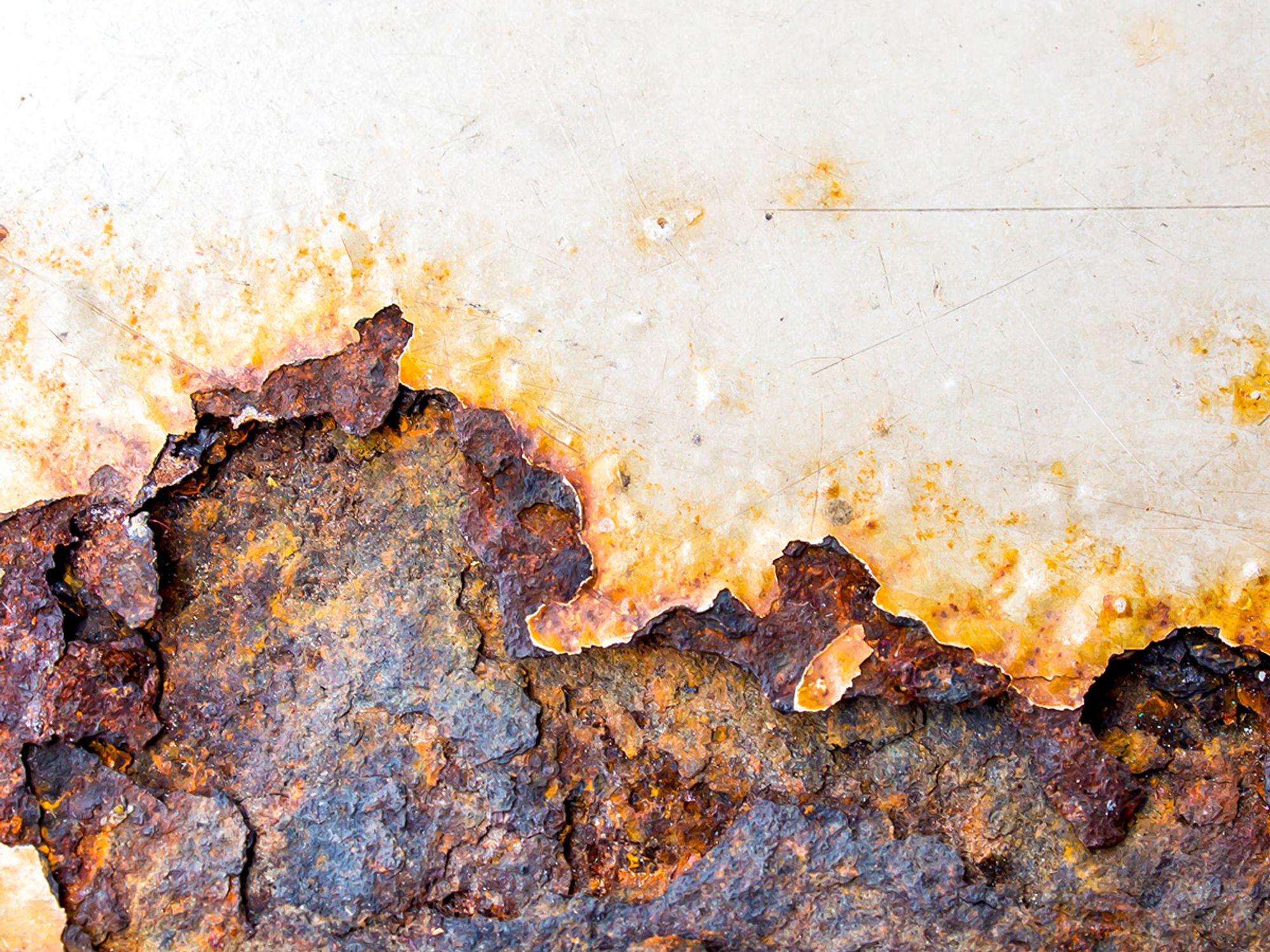Properties

- Acrylonitrile is corrosive to metals, some plastics and rubber, and can penetrate leather.
- AN is explosive and highly flammable, and emits highly toxic fumes when heated.
This chemical is corrosive to metals, and will corrode some forms of plastics, rubber, and coatings. It can penetrate leather and at high concentrations will corrode aluminum. It is explosive and highly flammable and, when heated to decomposition, emits highly toxic fumes of hydrogen cyanide gas, nitrogen oxides, and carbon monoxide.
This chemical may polymerize (its molecules may chain together with simple molecules to form a more complex molecule with different physical properties) spontaneously and violently.
Acrylonitrile evaporates when exposed to air. It dissolves when mixed with water. Most releases of acrylonitrile to the environment are to underground sites or to air. Acrylonitrile evaporates from water and soil exposed to air. Once in air, AN breaks down to other chemicals. Microorganisms living in water and in soil can also break down AN.
Because it is a liquid that does not bind well to soil, acrylonitrile that makes its way into the ground can move through the ground and enter groundwater. Plants and animals are not likely to store acrylonitrile.
